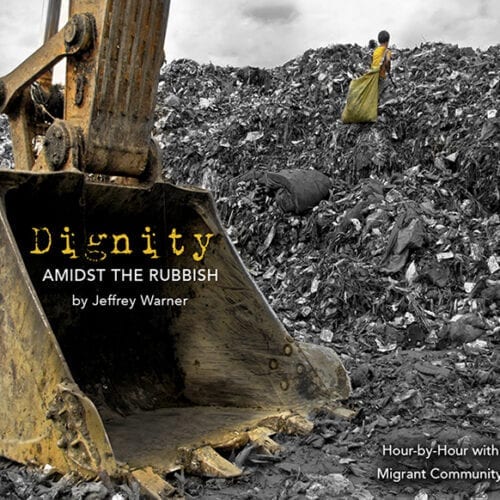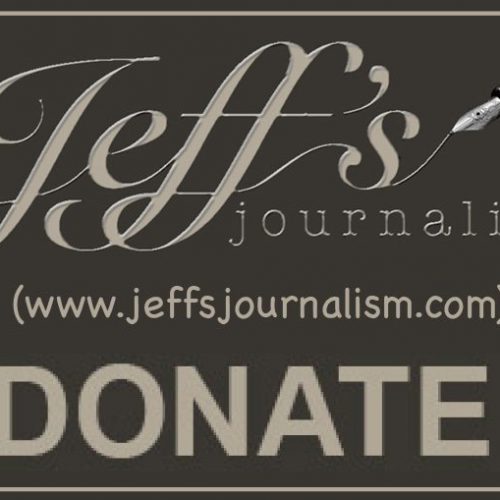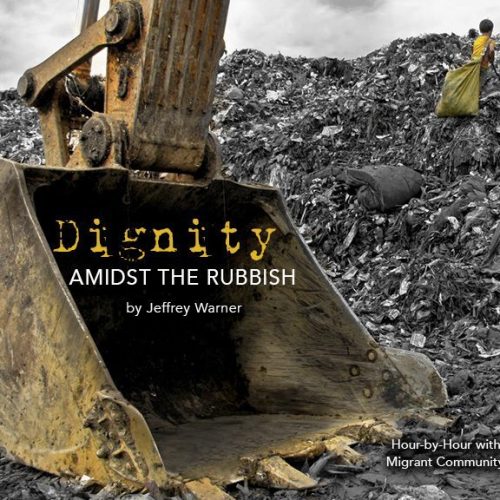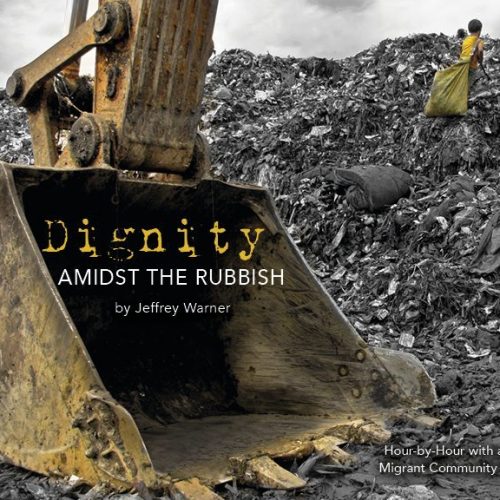The context for delving into this notion is a community of refugees from Myanmar living on a rubbish dump located near the Thai-Myanmar border. Photographs, prose, and the translated voices of this community provide an hour-by-hour glimpse into the lives of these individuals and their families.
Both documenting and reflecting upon this resilient community, this collaborative media-art project focuses not on the deplorable conditions amid which they live but is rather a holistic reflection on their social cohesion amid an environment of poverty and strife.
This civil journalism work addresses global phenomena related to our greater human condition. This is in relation to the capitalist global market system, economic ‘development,’ and the inextricably linked issues regarding our natural environment(s) and socioecological ills. This project is essentially about humanity and our human rights.What's Revealed in This Book?
This book’s first section reveals an hour-by-hour report of some of this dumpsite community’s daily activities. Following a heartfelt and revealing story about a ‘golden child’ of Burma who lives on this rubbish dump, this book author’s observational (and philosophical) lens offers a unique perspective that reveals insight into aspects of human behavior (and humanity) to which many of us can relate.
In the second section, the influence that an environment can have on human well-being is briefly considered before those living at this dumpsite express themselves in their own words. Then, reflective sentiments from those who have viewed Dignity at public exhibitions reveal how this exposure has affected them and what this work is about at its core.
Finally, a question to ask ourselves: What can we do?




